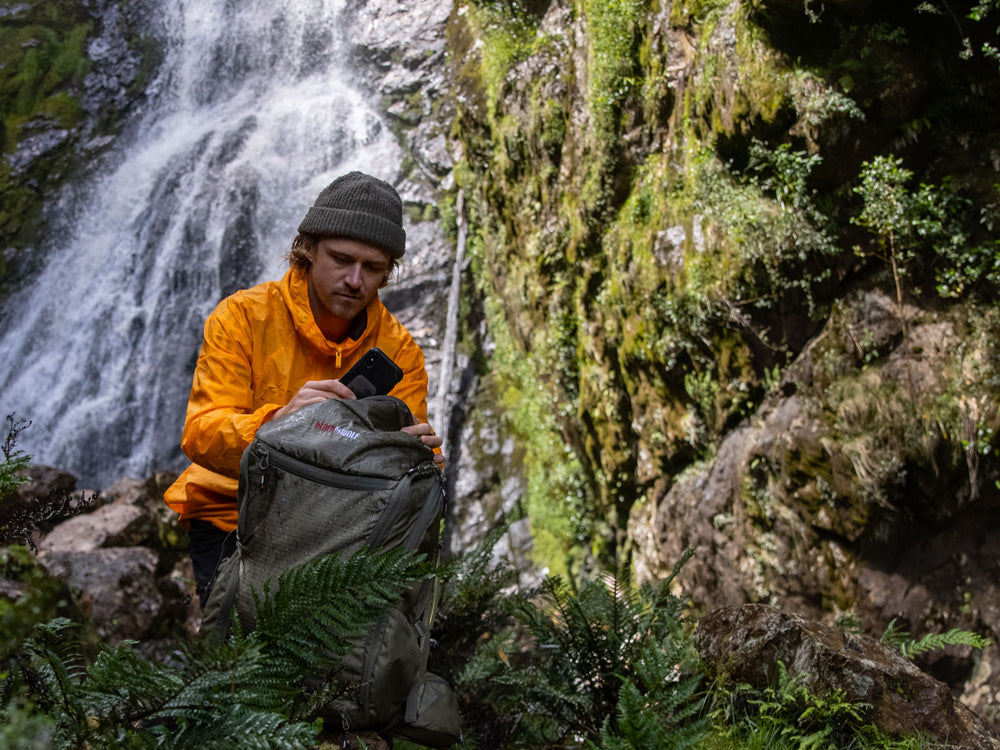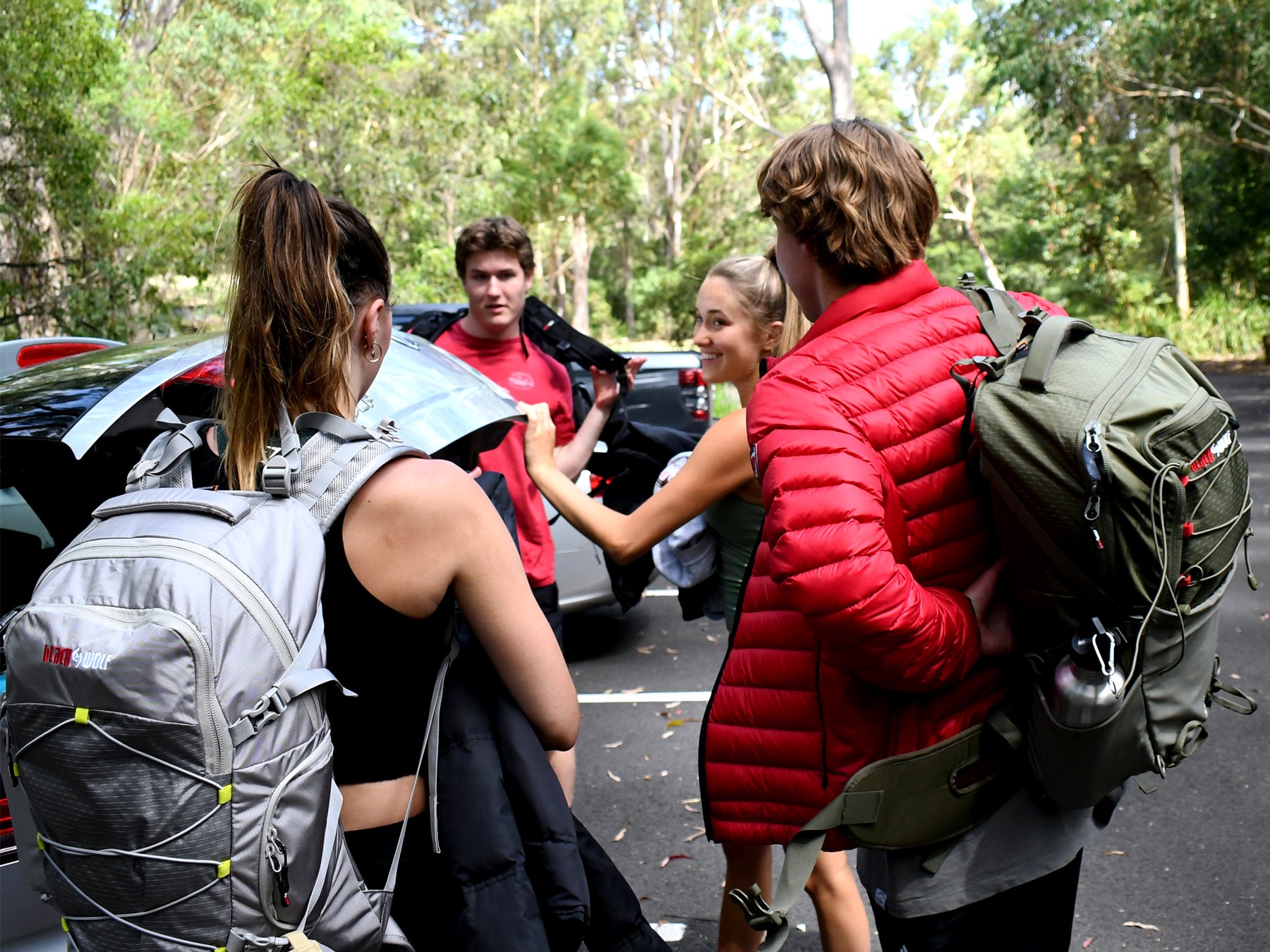Planning on getting out there and exploring a new walk? Or even one you've done plenty of times before?
National Parks and bushland in Australia are natural and unpredictable environments.
It is important you're well prepared for any conditions you might be greeted with, and tell someone of your plans before you go.
In the Blue Mountains National Park alone, around 130 bushwalkers get lost, or need rescuing. Every year.
Most people are found are found within 24 hours, but occasionally a weekend adventure can turn into a tragedy...
If you plan ahead, you have a much better chance of a safe and enjoyable bushwalking experience or remote adventure.

Take Enough Supplies
Below is a handy list of the ESSENTIALS for any walk.
- At least 2 litres of water per person for hydration
- Waterproof & windproof clothing to keep you warm and dry
- Plenty of food and snacks for hunger and an energy boost
- Hat and sunscreen for protection against the sun
- Topographic map and a compass - and know how to use them to find your way if you get lost
- Matches and a torch for light
- Insect repellent to keep the bugs away
- First aid kit for cuts, bruised, bites, or more serious first aid needs
- Your mobile phone (or satellite phone). And download the Emergency Plus app before you go. This can help rescuers find you in an emergency situation. The NSW National Parks app is another handy app to download. Here you can plan your trip and even download maps of the area if you are trekking in a National Park
- A Personal Locator Beacon (PLB) to use as a last resort
These are just the basics for a day walk or hike.
Depending on your type of adventure and environment, there may be additional equipment you will need but this is a basic guide that is a good starting point for any adventure.

Register Your Trip
Fill in an online 'Trip Intention Form' (available on the National Parks website here) and tell your friends or family where you're going, when you expect to return, and who is with you.
Submitting a trip intention form does not guarantee that an automatic search and rescue operation will happen.
It's your responsibility to ensure that your emergency contact (friend or family) can notify NSW Police if you don't return on time and they can't contact you.
Here's some more info on how the form works and what information is needed: Trip Intention Form Information
Emergency Personal Locator Beacon (PLB)
If you're going on an adventure anywhere on your own, or anywhere remote, it is a good idea to buy or even hire your own PLB and bring it with you in case of an emergency. Also be sure to register your trip and device.
This should be used as a last resort and is the best way to ensure survival should a crisis occur and can be used on both land and sea.

Keep To Your Planned Route
Walking tracks all over the country are not always signoposted or maintained, so please take care. It is handy to have a map of the area you will be exploring and knowing how to read it (and a compass) in case you may get a little off track and need to find your way back.
Paper maps are ideal, however if you don't have paper maps there is a free NSW National Parks app which lets you download park maps that you can download at home and access offline when you don't have mobile reception. (providing your mobile phone battery doesn't die)
There are also other resources for downloading and accessing maps on mobile devices.
Another option is a Handheld GPS system. These are good in that they can also be used to track where you have been so you can re-trace your steps should you need to.

You can find more info and links about safety preparation and the "Think Before You TREK" initiative on the National Parks website here: www.nationalparks.nsw.gov.au/safety/bushwalking-safety/think-before-you-trek






Leave a comment